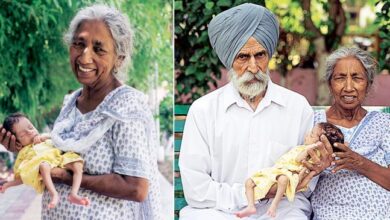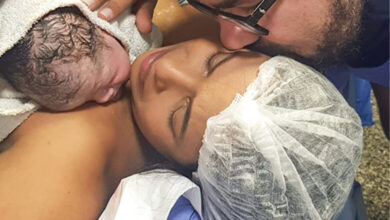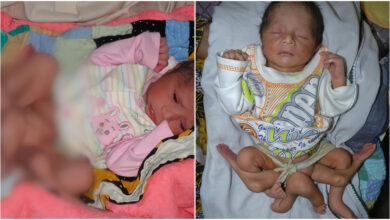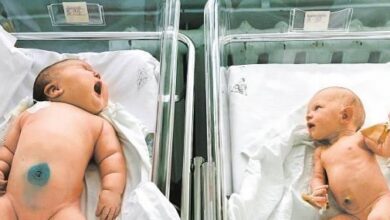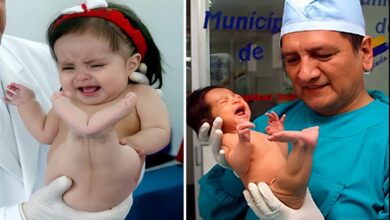The Couple Learned They Were Expecting Conjoined Twins at 10 Weeks
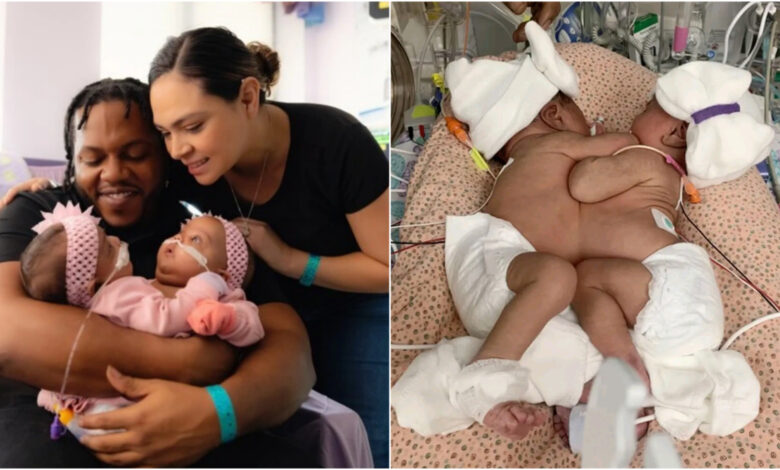
Conjoined twins, i.e. those that meet in the abdomen and share a liver, are exceptionally rare. Their probability of being born is estimated at just 1 in 200,000 live births. Dr. Jose Iglesias, Medical Director of Pediatric Surgery at Cook Children’s Hospital, explains that there are usually only 5 to 8 cases per year worldwide where conjoined twins survive and remain viable after birth. The rarity of these cases cannot be overstated.
The couple learned they were expecting conjoined twins at 10 weeks.
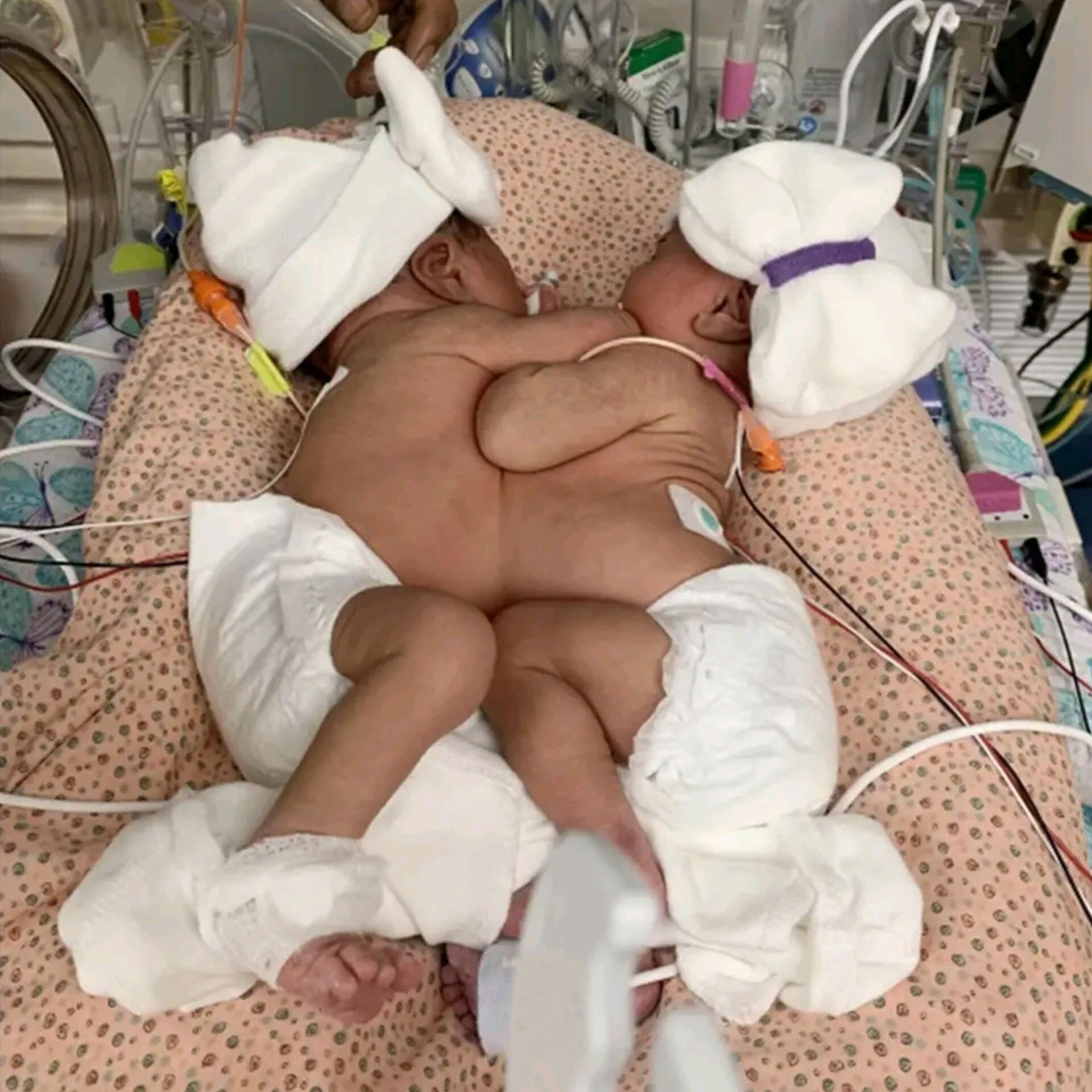
This unexpected news overshadowed the family’s initial excitement at the prospect of welcoming two new members, in favor of a veil of uncertainty, fear and many unanswered questions. Arciniega, the mother, expressed her astonishment, declaring that she could never have imagined having twins, let alone conjoined twins. In the months that followed, the pregnancy went relatively smoothly and without complications, with the exception of frequent visits to specialists throughout the state.
Conjoined twins often face considerable difficulties, with many not surviving in utero or succumbing shortly after birth due to the complexities of sharing their organs and joining them together. However, scans revealed that JamieLynn and AmieLynn possessed individual hearts and heart sacs, increasing their chances of survival and making them potential candidates for future separation.
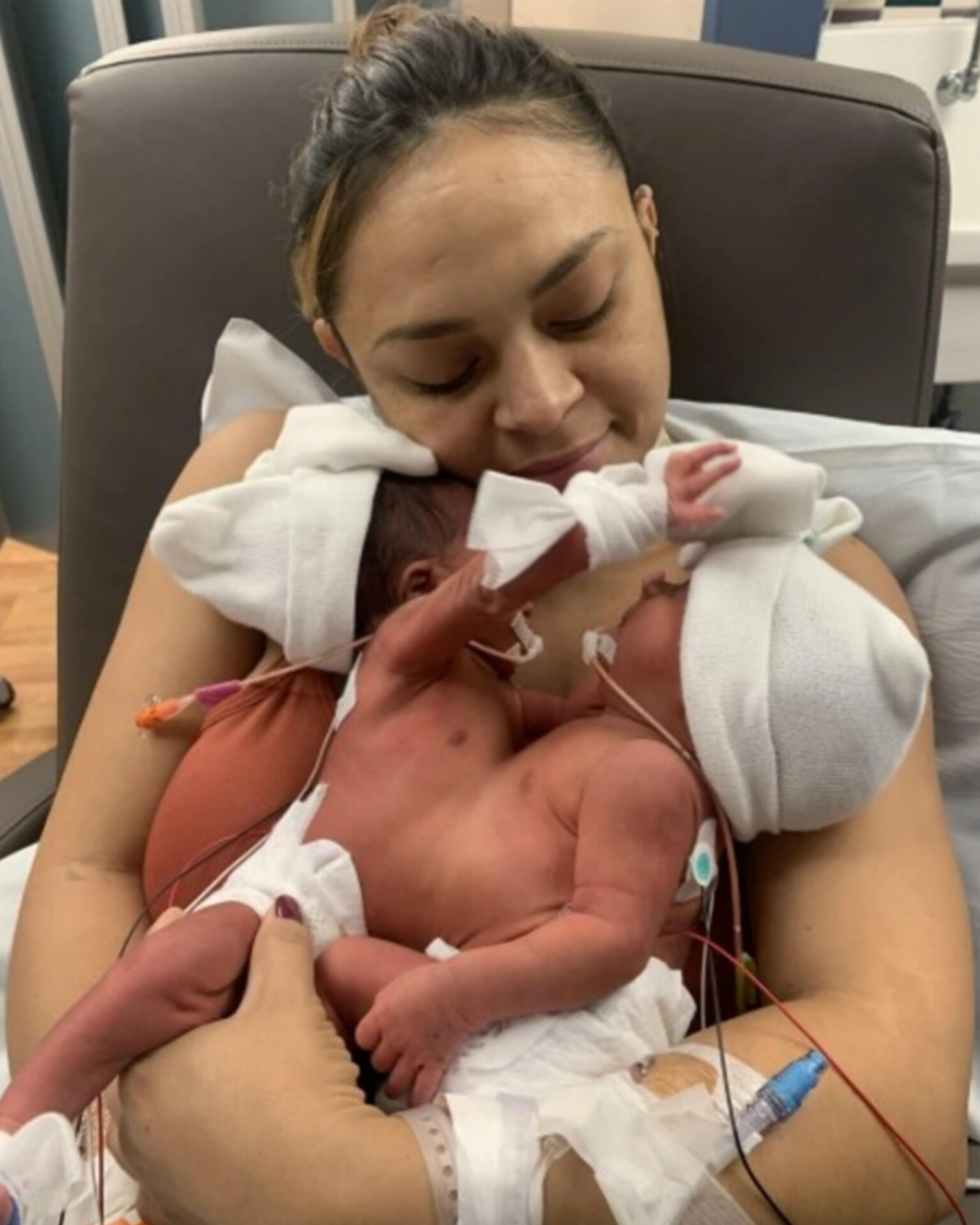
On October 3, 2022, at 34 weeks’ gestation, JamieLynn and AmieLynn were delivered by C-section at Texas Health Fort Worth at 10:40 am. Both babies weighed 4 pounds and 7.8 ounces, with JamieLynn measuring 16.9 inches and AmieLynn 16.5 inches.
Although the girls were thriving in the neonatal intensive care unit (NICU), they weren’t growing at the same rate, in part because of their shared blood supply. Dr. Barber explained that one twin was “stealing supplies” from the other. In addition, AmieLynn was beginning to develop scoliosis.
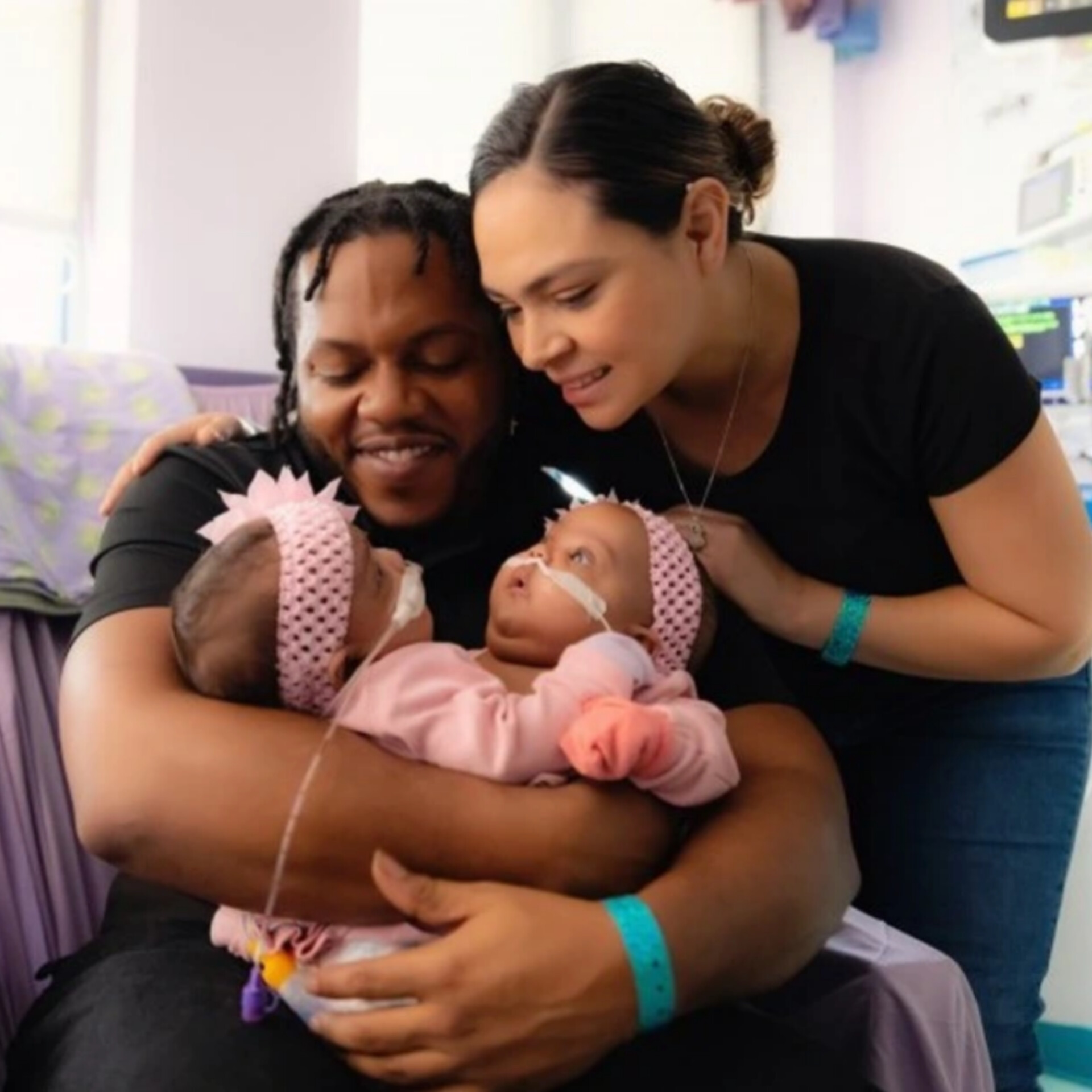
Feeding the twins became increasingly difficult due to their size, mobility and proximity. Although their hearts were separated, they were placed remarkably close together and continued to grow closer as the girls aged. At almost 4 months of age, the time was right for the separation operation.
However, the operation involved significant risks and uncertainties. The liver, a highly vascular organ, presented a potential risk of bleeding during dissection. In addition, there was a considerable risk of infection, which was closely monitored during the weeks of convalescence. The doctors did not know how the babies’ hearts would react to their new anatomical position, as this was the first time they had been laid on their backs.
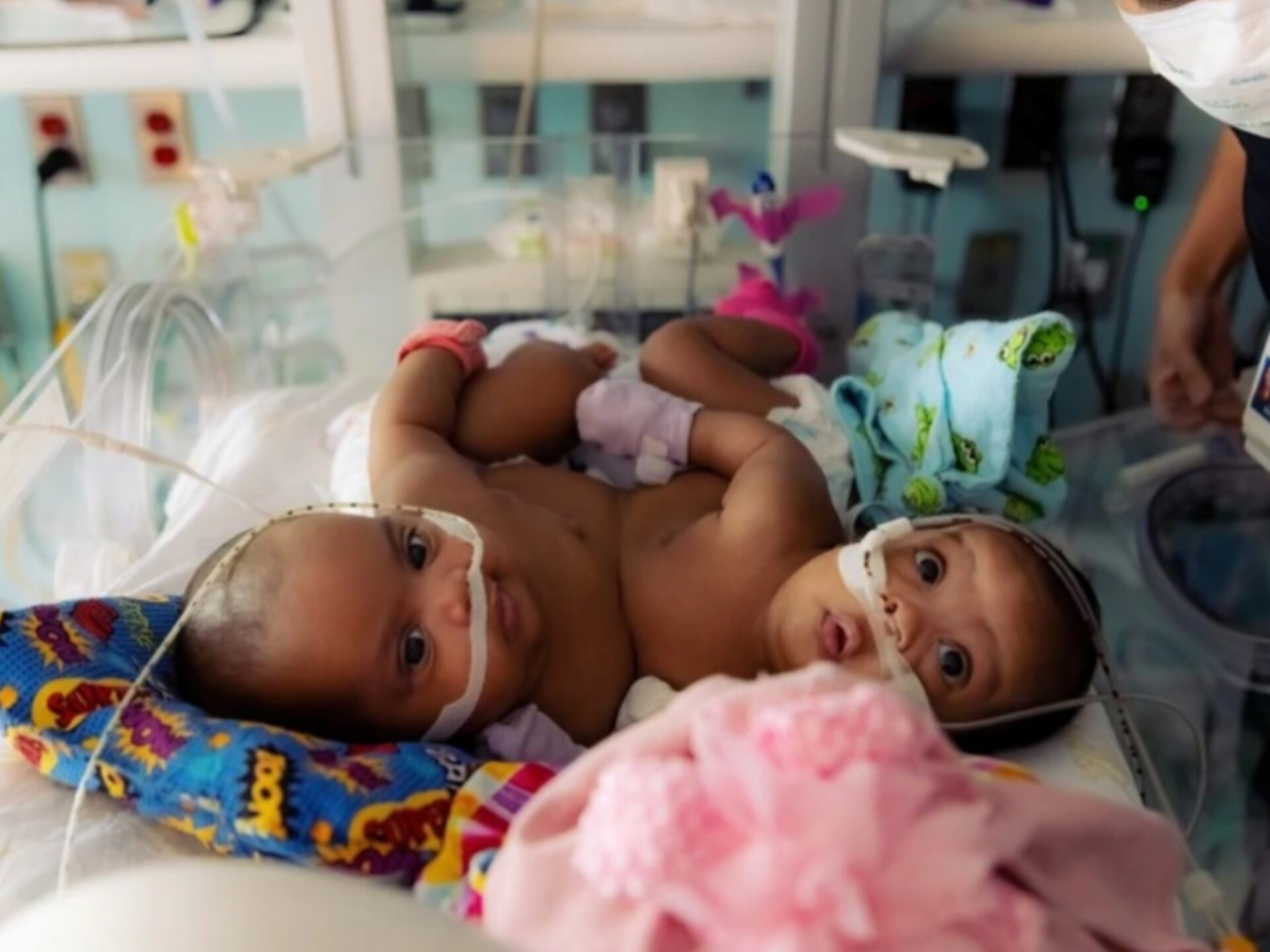
In the operating room, a team of medical professionals gathered, including 3 anesthetists, 4 pediatric surgeons, 2 plastic surgeons and many other clinical experts. They divided into two teams, each dedicated to one of the girls. The first few hours of the procedure were devoted to placing central catheters to administer anesthesia and inserting breathing tubes.
Sedation was then deliberately and meticulously administered. The surgeons began by opening the abdominal wall, then dissected the lower sternum and liver. The long-awaited news arrived at 3 p.m., bringing the joyful news that JamieLynn and AmieLynn had been successfully separated and were lying on their backs. The room filled with tears of relief and resounding cheers from family and friends, as the weight of anxiety lifted.
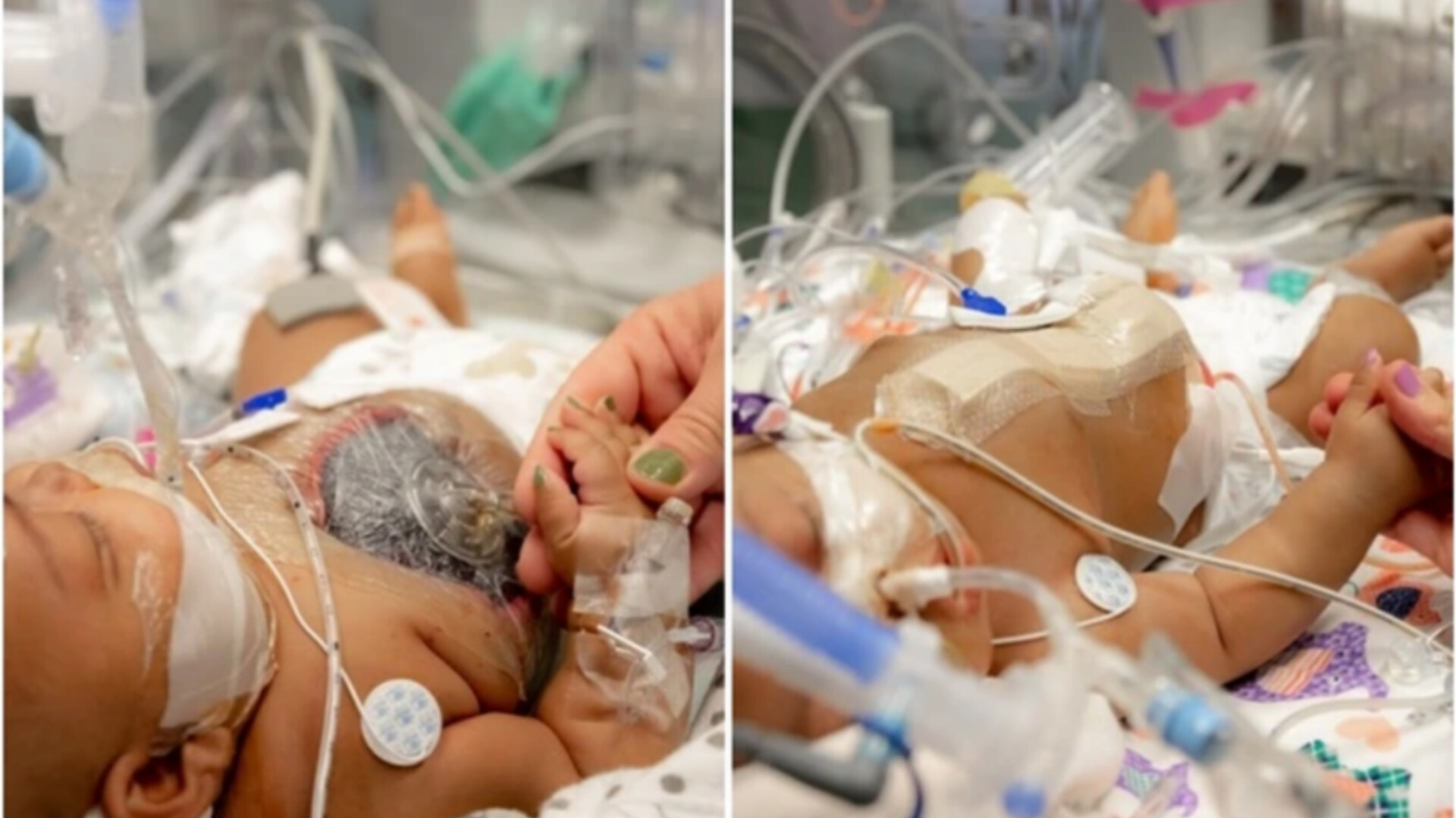
The healing process can be described as gradual and patient. On the day AmieLynn and JamieLynn underwent surgery, it became clear that their full recovery would require extensive rehabilitation. This will involve the expertise of nutritionists, physiotherapists, occupational therapists, speech therapists and other specialists.
While remaining optimistic, the doctors remain cautiously hopeful, looking forward to the moment when they bid farewell to the girls as they embark on their first journey back to Cook Children’s Hospital.
While medical miracles don’t happen every day, they are more common than you might think. For example, one woman gave birth to quadruplets after undergoing brain surgery, and another woman without ovaries gave birth to twins. In another extraordinary case, twins were born after just 126 days in the womb.
Source image: Cook Children’s Medical Center

